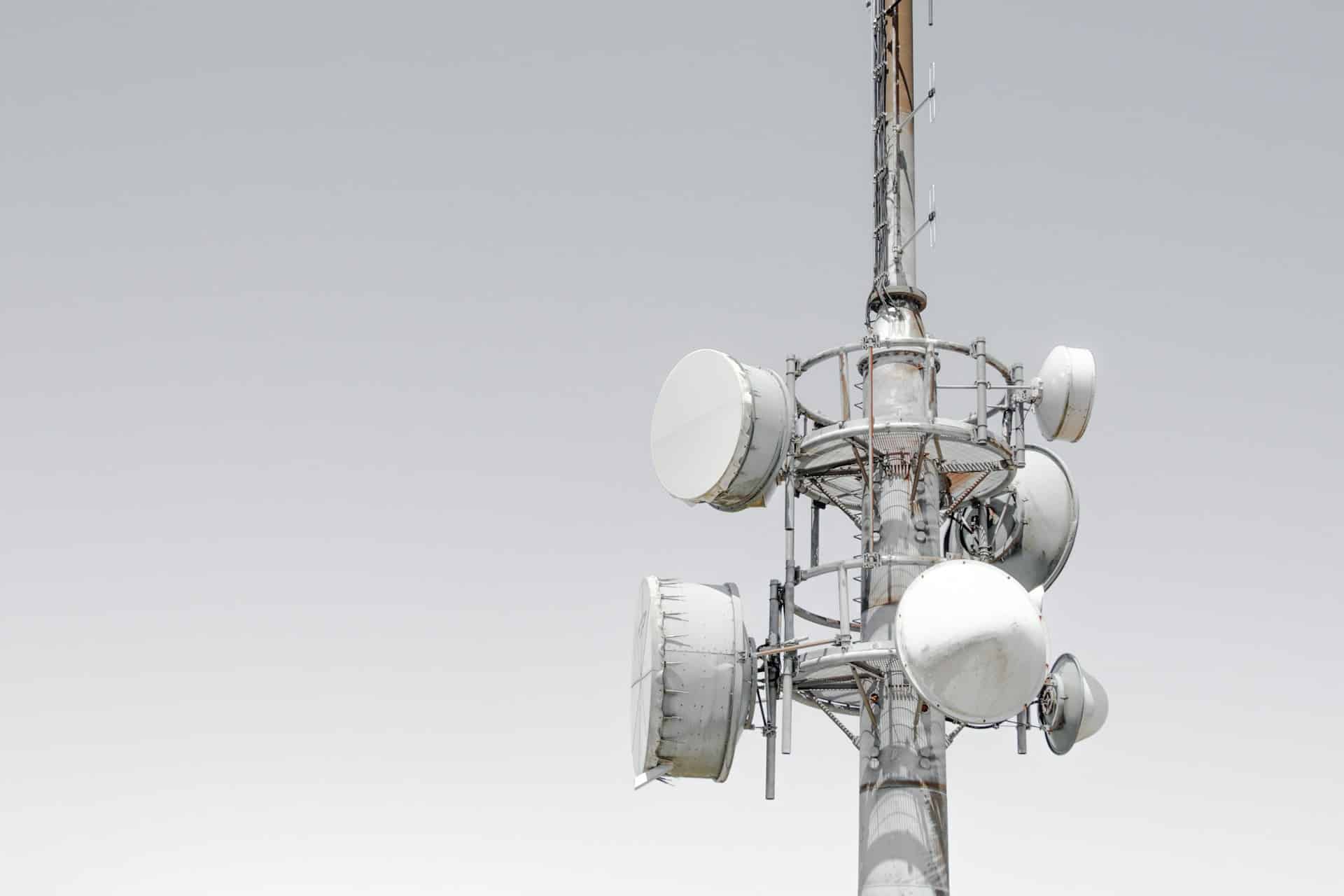In today’s digital age, ensuring your network devices are functioning optimally is crucial. Network issues can lead to downtime, lost revenue, and customer dissatisfaction. Enter Zabbix, an open-source monitoring tool that stands out for its comprehensive features and ease of use. This guide walks you through setting up a monitoring and alerting system for network devices using Zabbix.
Getting Started with Zabbix
To begin with Zabbix, you first need to install Zabbix. You can download the latest version from the official Zabbix website. Zabbix consists of several components: the Zabbix server, the Zabbix agent, and the web interface.
En parallèle : Simplify scheduling: sync your calendars in just minutes
Installing the Zabbix Server
The Zabbix server is the core of the monitoring solution, responsible for processing data collected from the agents. You’ll need a dedicated server or a virtual machine. Follow these steps to install:
- Install dependencies: Ensure your server meets all prerequisites, including databases like MySQL or PostgreSQL.
- Download and install the Zabbix server: Use the package manager for your operating system (e.g.,
apt-getfor Debian-based systems,yumfor Red Hat-based systems). - Configure the database: Set up a database for Zabbix to store monitoring data.
- Start Zabbix server: Initialize the Zabbix server process to begin operations.
Setting Up the Web Interface
The web interface is the primary way users interact with Zabbix. It allows you to view and manage hosts, items, triggers, and other configurations.
A découvrir également : How can you use Ansible for automating configuration management and deployment?
- Install a web server: Apache or Nginx is typically used.
- Configure PHP: Ensure PHP is set up and configured correctly to work with Zabbix.
- Launch the Zabbix web interface: Access it via your browser and follow the setup wizard to connect it to the Zabbix server.
Adding Network Devices
Once the Zabbix server and web interface are running, it’s time to add network devices. These are referred to as hosts in Zabbix terminology.
Creating and Configuring Hosts
To create a host in Zabbix, navigate to the “Configuration” tab in the web interface and select “Hosts”.
- Add a new host: Click “Create host” and fill in the necessary details, such as the host name, IP address, and group object.
- Link a template: Templates are pre-configured sets of items, triggers, and graphs. Linking a template helps simplify the monitoring setup.
- Configure interfaces: Define how Zabbix will communicate with the network device, commonly through SNMP, IPMI, or Zabbix agent.
Using Zabbix Agent
The Zabbix agent is a lightweight application installed on the host to collect data and send it back to the Zabbix server. For Windows Zabbix users, download the Zabbix agent for Windows, install it, and configure its settings to point to the Zabbix server.
Monitoring and Data Collection
Understanding and Configuring Items
Items are metrics that Zabbix collects from your hosts. An item can be anything from CPU usage to network traffic.
- Define new items: Under the host configuration, create new items by specifying the key (which defines what data to collect), the type of information (e.g., numeric, text), and the update interval.
- Use templates: Many common items are already available in Zabbix templates, which can be linked to your hosts for easier setup.
Setting Up Triggers
Triggers are conditions that define when an alert should be generated.
- Create a trigger: Define conditions based on item data. For example, a trigger could be set to activate if CPU usage exceeds 90%.
- Configure severity levels: Assign severity levels to triggers, ranging from “Information” to “Disaster”, to prioritize alerts.
Automating with Discovery
Discovery rules automate the process of finding and adding network devices to Zabbix.
- Create a discovery rule: Define the network range and the type of devices you want to discover.
- Configure actions: Set actions to automatically create hosts, link templates, and assign groups when new devices are discovered.
Enhancing Monitoring with Proxies and Macros
Using Zabbix Proxy
A Zabbix proxy is used to distribute the load and improve the scalability of your monitoring system. Proxies collect data from hosts and send it back to the Zabbix server.
- Install and configure the proxy: Similar to setting up the server, proxies require installation on a dedicated machine.
- Link hosts to the proxy: In the host configuration, set the proxy that should be used to monitor the host.
User Macros
User macros simplify configuration by allowing reusable values across multiple hosts and items. For example, you can define a macro for a community string used in SNMP monitoring.
- Create a macro: Under the “Administration” tab, define macros that can be referenced in item keys, triggers, and other configurations.
- Use macros in configurations: Replace hardcoded values with macros to streamline updates and changes.
Setting Up Alerts
Proper alerting is crucial to ensure timely responses to issues.
Configuring Actions
Actions in Zabbix define what happens when a trigger is activated.
- Create a new action: Specify conditions for the action, such as a specific trigger or host group.
- Define operations: Specify what should happen when the action is executed, such as sending an email or executing a remote command.
Notifications and Escalations
- Set up media types: Define how notifications are sent, such as email, SMS, or Slack.
- Configure escalations: Ensure critical issues are resolved by escalating alerts to different users or teams if they aren’t acknowledged within a specified time frame.
Advanced Monitoring and Maintenance
Event Correlation
Event correlation helps to reduce alert noise by identifying related events and generating a single alert.
- Define correlation rules: Under the “Administration” tab, create rules to link related events.
- Reduce false positives: Use correlation to suppress alerts for known issues or maintenance periods.
Mass Update
Mass update simplifies making changes to multiple hosts, items, or triggers simultaneously.
- Select multiple objects: Use the web interface to select multiple items or hosts.
- Apply changes: Update properties such as intervals, templates, or macros in one go.
Audit Log
The audit log tracks changes made to the Zabbix configuration, helping to maintain security and accountability.
- Access the audit log: Under the “Administration” tab, view a log of changes made by users.
- Monitor user activity: Review logs to ensure changes are authorized and to troubleshoot configuration issues.
Setting up a monitoring and alerting system using Zabbix for network devices involves several key steps, from installing the server and web interface to configuring hosts and items. By leveraging features like templates, discovery rules, triggers, proxies, and user macros, you can create a robust monitoring solution that provides real-time insights and timely alerts. With proper configuration and maintenance, Zabbix can significantly enhance your network’s reliability and performance, ensuring that issues are detected and resolved promptly.
By following this guide, you are well-equipped to monitor and manage your network devices effectively, leveraging the power of Zabbix to maintain optimal network performance and reliability.











